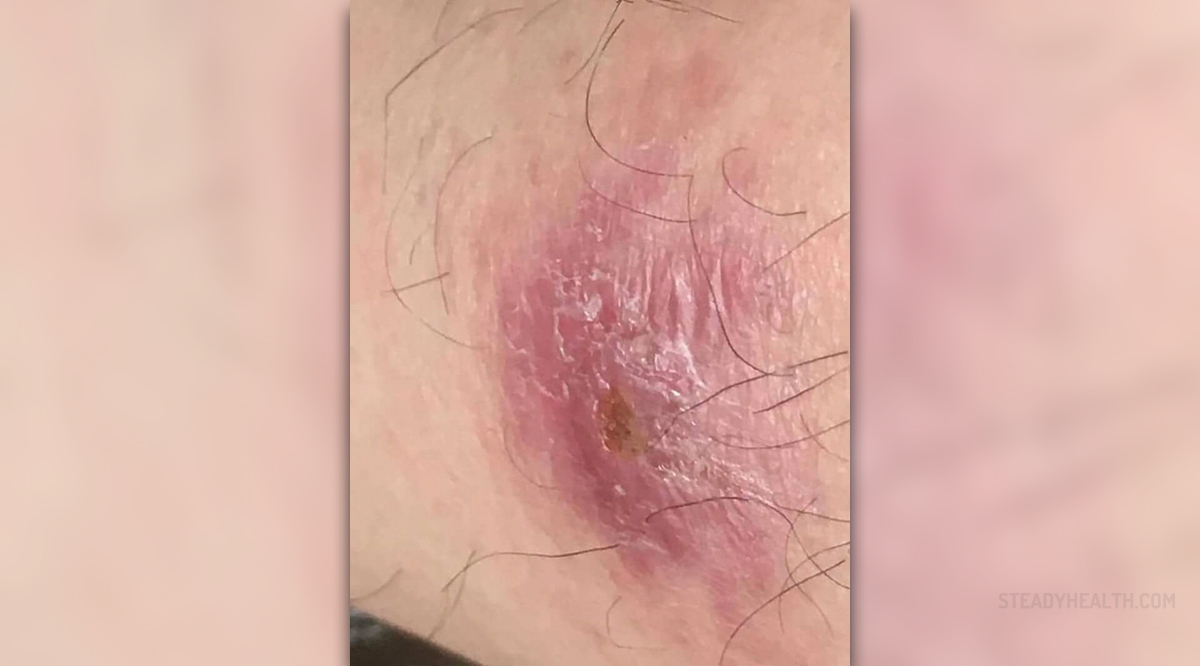
Pressure Ulcers - Overview
Pressure ulcers are localized discontinuity of the skin and/ or underlying tissues which typically develop in the areas over a bony prominence. They occur due to prolonged pressure onto the affected skin. Namely, the pressure onto the specific part of the skin leads to insufficient blood supply to the particular area. Insufficient supply with oxygen and all the essential nutrients eventually leads to ulcer formation. Apart from pressure friction can be a cause of pressure ulcers.
Stages of Pressure Ulcers
The skin exposed to prolonged pressure and friction noticeably changes. The damage of the superficial and underlying tissues leads to purple or maroon discoloration of the affected area. The specific part of the skin is painful, firm, mushy or boggy and can be either warmer or cooler comparing to the surrounding skin. The previously mentioned skin discolorations may be overlooked in dark-skinned people. Progression of the disease leads to formation of a blister on the affected portion of the skin. What follows is formation of the open wound which is rather painful and highly susceptible to infection.
Stage I of pressure ulcers features with intact skin and redness of the affected area. These changes form over a bony prominence. The skin is of dark pigmentation and may not have visible blanching. The color of the skin lesion is different from the surrounding, healthy skin. In this stage patients complain about pain and the affected area is firm or soft and can be both, warmer and cooler comparing to the healthy skin. If left neglected the stage I of pressure ulcers progresses to stage II.
Stage II of pressure ulcers features with damage of the epidermis which extends into the dermis. The damage does not affect deeper layers of the skin. In this stage pressure ulcer is commonly referred to as a blister or abrasion.
In stage III of pressure ulcers the skin lesion involves the entire thickness of the skin and may even affect the subcutaneous tissue layer. Since subcutaneous tissues are not well supplied with the blood once they are damaged the healing process takes long and is rather difficult. The undermining damage caused by an ulcer makes the wound look much larger inside than it is on the surface. In this stage the very depth of ulceration depends on the anatomical localization of the ulcer.
And finally, in stage IV the ulcer extends into the muscles, tendons or even bones. Spread onto the underlying bones may cause osteomyelitis.It is essential to diagnose pressure ulcers in their early stages and to undertake specific measures to inhibit progression of the disease and to prevent possible complications.


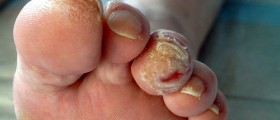
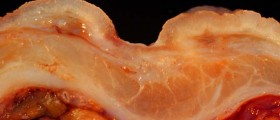





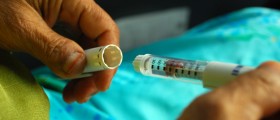
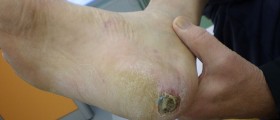






Your thoughts on this
Loading...